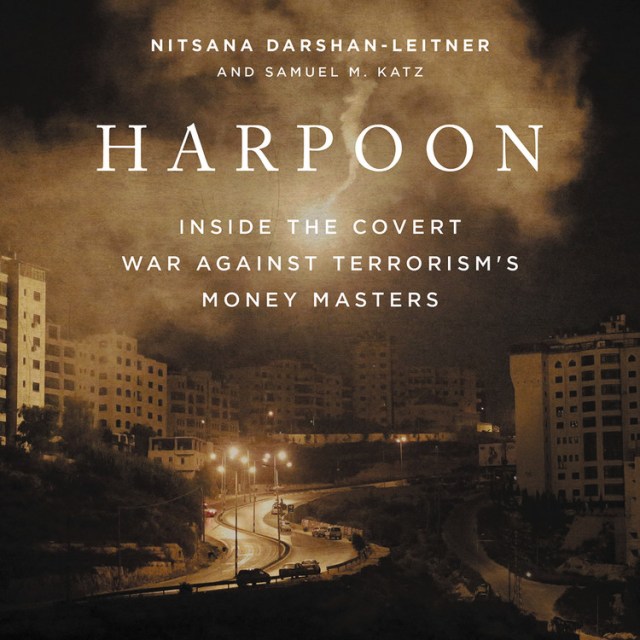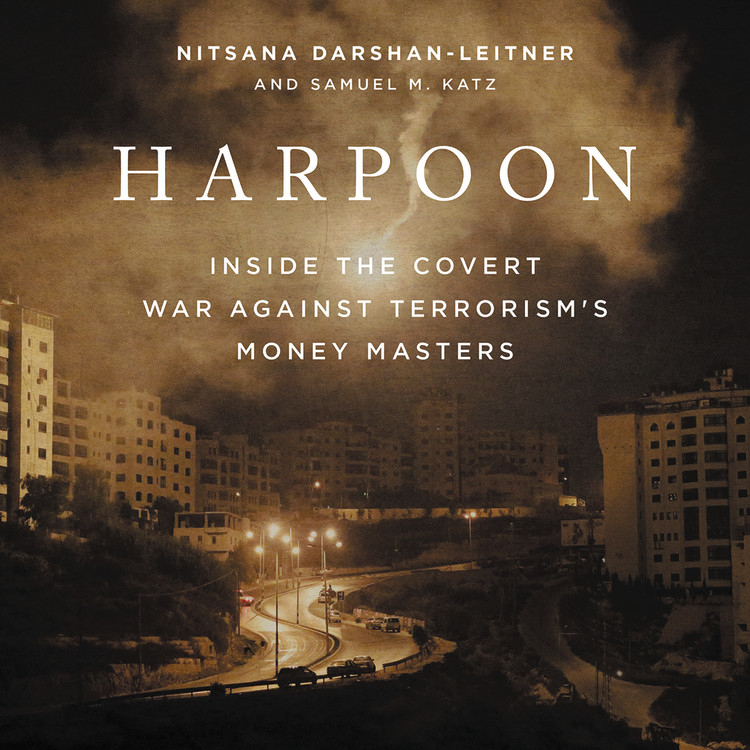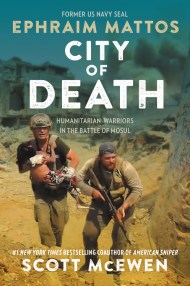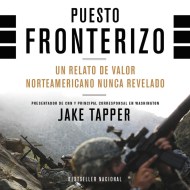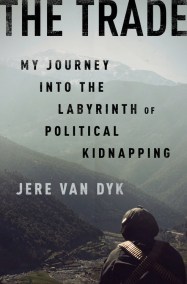Promotion
Use code MOM24 for 20% off site wide + free shipping over $45
Harpoon
Inside the Covert War Against Terrorism's Money Masters
Contributors
By Samuel M. Katz
Read by Paul Boehmer
Formats and Prices
Format
Format:
- Audiobook Download (Unabridged)
- ebook $13.99 $17.99 CAD
- Hardcover $39.00 $49.00 CAD
- Trade Paperback $16.00 $21.00 CAD
This item is a preorder. Your payment method will be charged immediately, and the product is expected to ship on or around November 7, 2017. This date is subject to change due to shipping delays beyond our control.
Also available from:
ISIS boasted $2.4 billion of revenue in 2015, yet for too long the global war on terror overlooked financial warfare as an offensive strategy. “Harpoon,” the creation of Mossad legend Meir Dagan, directed spies, soldiers, and attorneys to disrupt and destroy money pipelines and financial institutions that paid for the bloodshed perpetrated by Hamas, Hezbollah, and other groups. Written by an attorney who worked with Harpoon and a bestselling journalist, Harpoon offers a gripping story of the Israeli-led effort, now joined by the Americans, to choke off the terrorists’ oxygen supply, money, via unconventional warfare.
Genre:
-
"It's a cliché after Watergate that the key investigation in most circumstances is to 'follow the money' (in the words of Deep Throat). This is the story of how Mossad led this movement and substantially effected investigations of terrorism and similarly important matters and how this influenced the CIA's later work in the same field. Bravo Mossad! Thanks for leading the way."R. James Woolsey, CIA Director (1993-95)
-
"The riveting and untold story of the intelligence task force that launched a dynamic new front in the war on terror. A thrill ride with one of the most important Israeli start-ups of them all."Tamir Pardo, Director of the Mossad (2011-1016)
-
"Money drives terrorism. If funding is cut, terrorism is reduced. A groundbreaking look at how spies, soldiers, statesmen, and lawyers waged a relentless campaign to dry up the financial streams that funded terrorism against Israel and the United States. A great read about a compelling issue."Professor AlanDershowitz, leading civil rights attorney
- On Sale
- Nov 7, 2017
- Publisher
- Hachette Audio
- ISBN-13
- 9781478923442
Newsletter Signup
By clicking ‘Sign Up,’ I acknowledge that I have read and agree to Hachette Book Group’s Privacy Policy and Terms of Use
